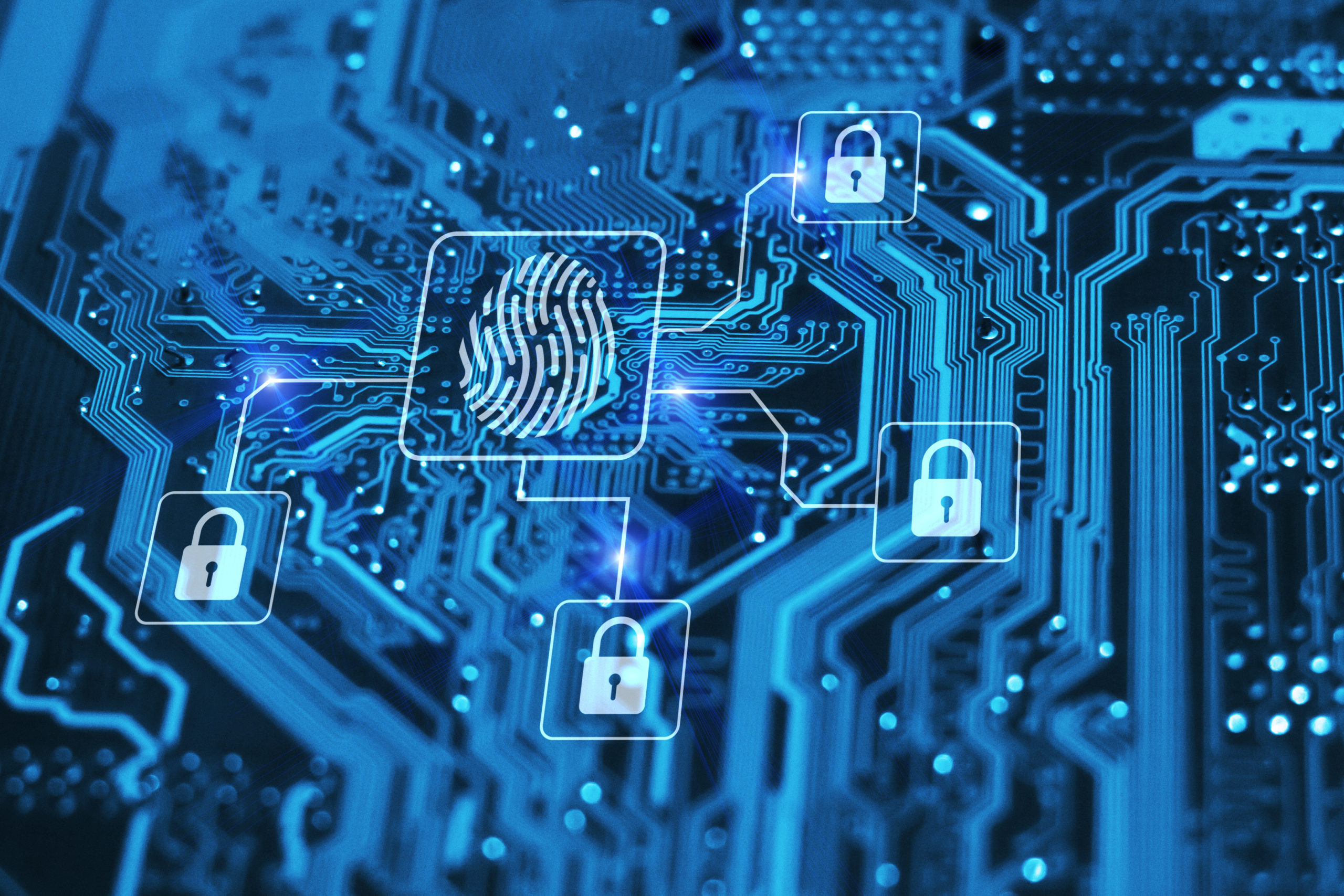
Can you recall exactly how good or bad your vision was following your last eye exam? Most of us can’t. A casual poll around the office showed that many people focus only on whether our eye doctor says we need an updated prescription for glasses or contacts. Often, we walk away with a new script but without a clear understanding of our overall eye health, i.e., whether our eyesight got better or worse since the previous visit.
In cybersecurity, team leaders and security practitioners alike rely on the “eyes” of their SOCs — human and machine — to indicate threats in their operational environment, right now and in the near future. This visibility is key to uncovering vulnerabilities, stopping intrusions, and preventing further breaches. Defending against the constant onslaught of cyber warfare is a job that requires 20/20 vision, or as close to it as possible.
To aid in achieving 20/20 visibility, modern organizations are ingesting threat intelligence data and pairing it with the power of a next-gen security information and event management (SIEM) solution to see a more complete picture of attackers, their motivations, and the techniques they use. This big picture enables SOC analysts to better prioritize alerts, uncover unknown threats, and accelerate investigations.
Security teams increasingly depend on the sharper focus that comes from blending threat intelligence within a cloud-native SIEM to equip analysts for essential use cases. Let’s use our eyes to visualize, then, the primary use cases that threat intelligence integrated with SIEM can enhance.
Enriched Alerts Provide the Vision Needed to Reduce MTTD
Analysts triage alerts to efficiently review and rank potential intrusions based on levels of criticality. The earlier a cyber threat can be seen, the sooner it can be stopped, which reduces the potential impact on the business. Risk scores — calculated via large pools of sources across the open and dark web — are customary benefits of threat intelligence platforms, helping to improve analysts’ vision of their operational environment security. Enriched alerts, based on threat intelligence and integrated with a SIEM, help security teams reduce time to verdict and prioritize threats with greater confidence.
Threat Intelligence Brings Context to Make Prioritization Crystal Clear
Proactive SOC teams search for threat intel relevant to their industry and geography to better protect their organization’s cyber crown jewels. Combining strategic and machine-readable threat intelligence gives security teams the context to understand attackers and their methods to assess the risk that a threat poses to the organization and prioritize accordingly. Just like a proactive optometrist, SOC leaders who prioritize the most potentially damaging problems early enable organizations to block threats before they seriously impact the business.
Blurred Vision Decreases the Value of Early Threat Detection
Analysts need to be able to constantly see cyberthreats in their network or applications used in the organization. Once they detect a threat, analysts must investigate to determine if the threat is malicious and then activate an appropriate response plan. If their eyesight is blurry, they’re going to have a hard time seeing the dangers in front of them and will have difficulty quickly accelerating investigations and protecting their organizations. Using the power of SIEM to correlate internal data against threat intelligence, busy analysts can reduce time spent in manual investigations, freeing them to focus on the alerts that matter most.
Magnify the View of the Threat Hunt
Threat detection, enhanced with the laser-focused vision and context from real-time external threat intelligence, can greatly aid threat hunting. And often we need glasses with the strongest prescription to really see the threat that’s lurking, blending in like a needle in a haystack. Threat intelligence provides insights that enable SOC analysts to be proactive hunters so they can dive deep. For example, if a newly reported APT is affecting their industry, analysts could search for IoCs associated with the threat to ensure their organization has not been impacted. With this improved collective vision on the team, SIEM + threat intelligence empowers analysts to hunt with context across all data — streaming and historical — so they can better detect threats and stop them in their tracks.
The recently announced Recorded Future and Devo integration helps analysts reduce time spent in manual investigations. This eliminates the dreaded alert fatigue and helps analysts prioritize the alerts that matter most. On September 14, Devo and Recorded Future will present a live webinar to demonstrate how security teams can use threat intelligence to see the full picture and to protect their organizations. Register today to learn how to accelerate your SOC investigations by increasing your security vision to make confident triage decisions — with context.




